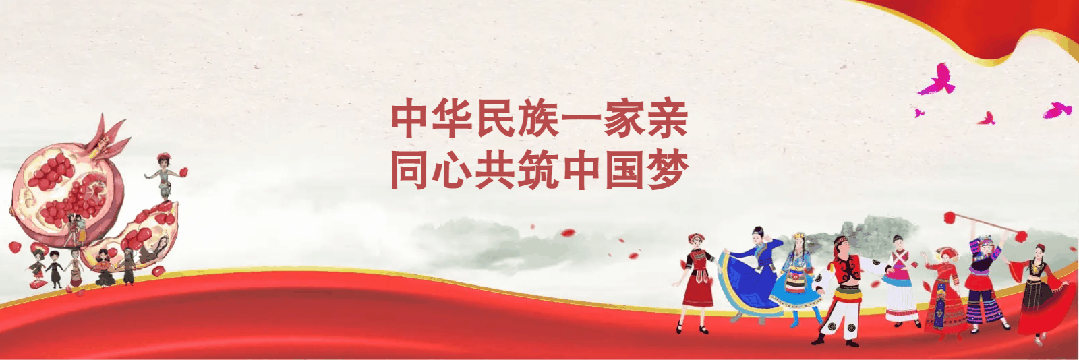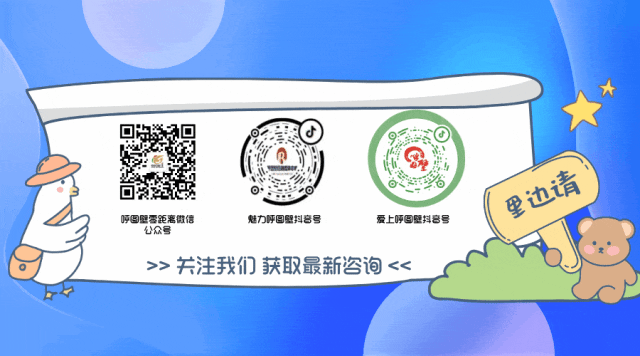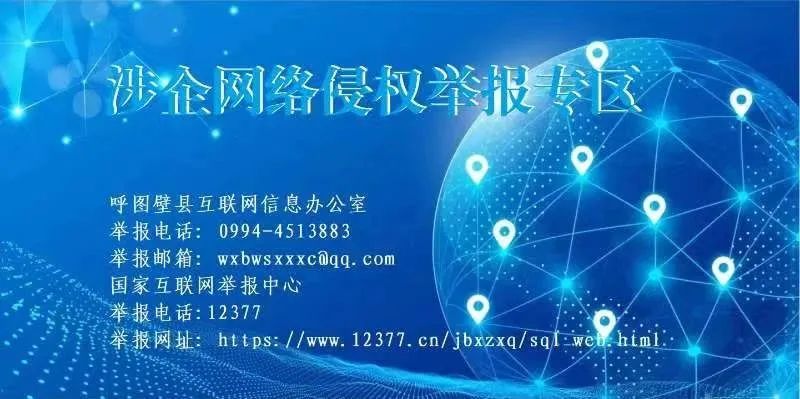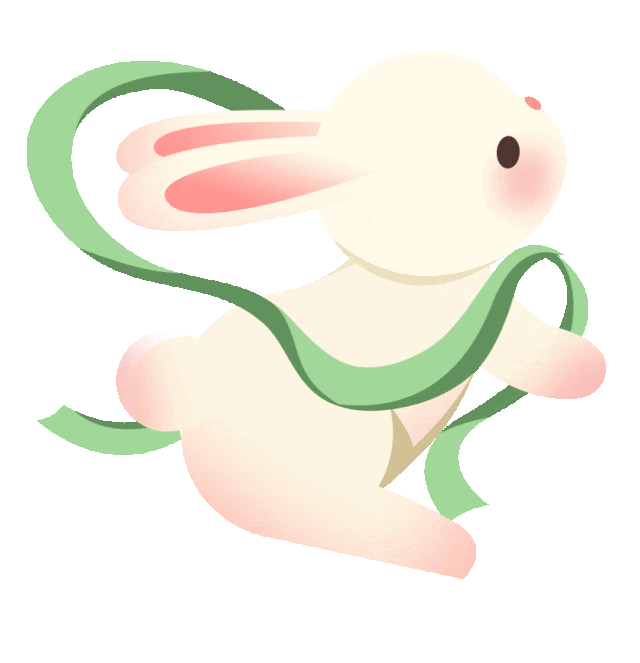
Click the blue text to follow us……
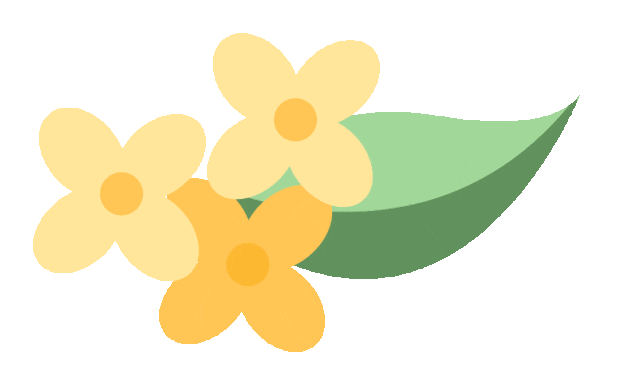
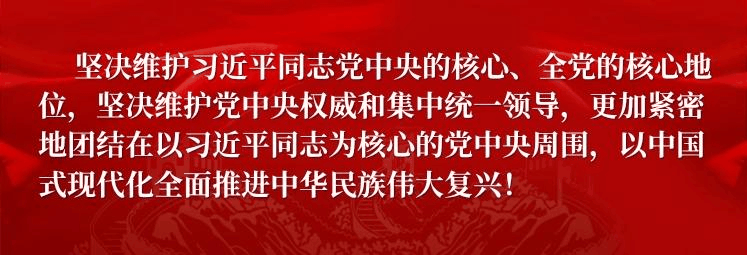
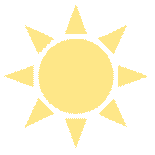
Fire Dragon Moxibustion

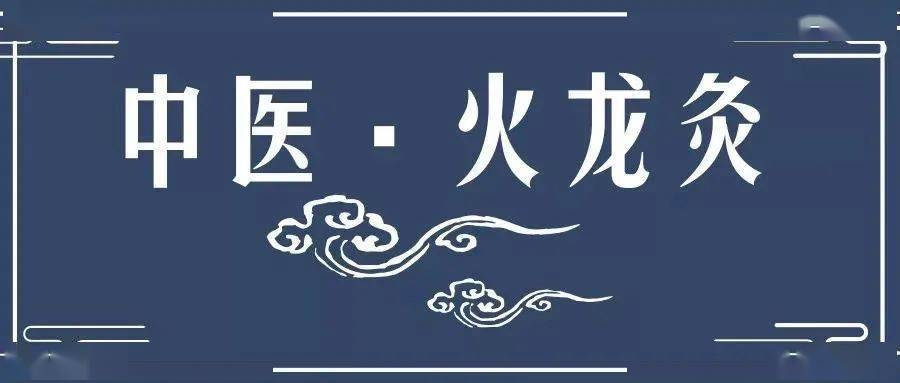
Fire Dragon Moxibustion is a shorthand for the moxibustion applied along the Du Mai (Governing Vessel), originating from the medicinal steaming method in the Huangdi Neijing (Yellow Emperor’s Inner Canon). In the Jin Dynasty, Ge Hong developed the “medicinal steaming” into a method called “isolated moxibustion” in his work Emergency Prescriptions for Emergencies, which later evolved into therapies such as “Great Moxibustion of the Governing Vessel” and “Governing Moxibustion”.
Fire Dragon Moxibustion is one of the distinctive rehabilitation therapies in Traditional Chinese Medicine (TCM). Its principle is to utilize the warming and tonifying effects of moxibustion, combined with the functions of meridians and acupuncture points, employing a method that integrates acupuncture points, meridians, and moxibustion to regulate the Chong and Ren (Penetrating and Conception Vessels), unblock the meridians, regulate Qi and blood, and strengthen the body while expelling pathogens. It falls under the category of moxibustion techniques, characterized by a large treatment area and strong warming effect, making it the most substantial moxibustion method currently in practice.
Due to its operation resembling a flying dragon, its therapeutic effect is powerful and extensive, with deep and lasting heat penetration, akin to the strength of a dragon, hence the name.
In TCM, there is a saying, “Nurture Yang in spring and summer, and nurture Yin in autumn and winter.” According to the TCM principle of “acting in accordance with the natural order and the unity of heaven and man,” during the spring and summer seasons when Yang Qi is easily generated, using Fire Dragon Moxibustion to support the body’s Yang Qi can yield remarkable results. Therefore, Fire Dragon Moxibustion is also known as the first moxibustion for health preservation during the Three Fu Days.

01
Four Major Effects of Fire Dragon Moxibustion
1. Warming: Using fire to attack pathogens, dispel cold, and promote blood circulation.
2. Unblocking: Unblocking meridians and activating channels; improving blood supply to the heart and brain.
3. Regulating: Balancing the Qi mechanisms of the organs, regulating nervous functions, warming the uterus, and regulating menstruation.
4. Supplementing: Supporting the righteous Qi while expelling pathogens, tonifying and strengthening the body, and activating immune system functions.
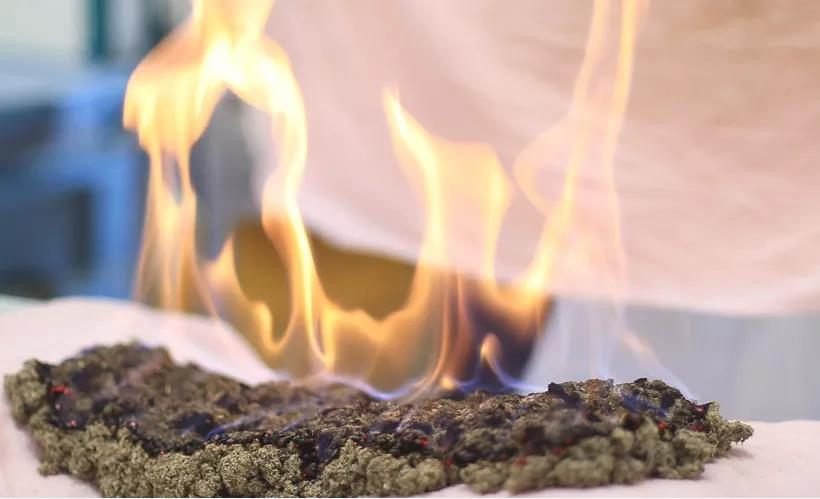
02
Suitable Groups for Fire Dragon Moxibustion
1. Individuals with respiratory diseases: bronchial asthma, allergic rhinitis, chronic bronchitis, and those with weak constitutions prone to recurrent colds.
2. Patients with digestive system diseases: cold-type stomach pain, chronic diarrhea, indigestion, and children’s anorexia.
3. Patients with musculoskeletal diseases: various types of arthritis, neck, shoulder, waist, and leg pain, chronic muscle strain, etc.
4. Individuals with a weak cold constitution: those who are generally weak and easily catch wind-cold, such as those with colds, coughs, wheezing, abdominal pain, and postpartum conditions.
5. Women with reproductive system diseases caused by cold in the lower jiao: dysmenorrhea, irregular menstruation, cold uterus, uterine fibroids, pelvic inflammatory diseases, and postpartum conditions.
6. Individuals with a weak constitution after prolonged illness: those with Qi deficiency, fatigue, poor appetite, and cold extremities.
7. Patients with painful diseases: chronic deficiency diseases, shoulder, neck, waist, and back pain, chronic lumbar muscle strain, and disorders of organ functions.
8. Treatment of refractory diseases: ankylosing spondylitis, rheumatoid arthritis, cold-type stomach pain, and stabilization of chronic obstructive pulmonary disease.
If patients have the following conditions, they should not undergo Fire Dragon Moxibustion.For example, severe cardiovascular diseases, renal insufficiency, cancer, severe diabetes; skin lesions, systemic edema, hemorrhagic diseases, and blood disorders.
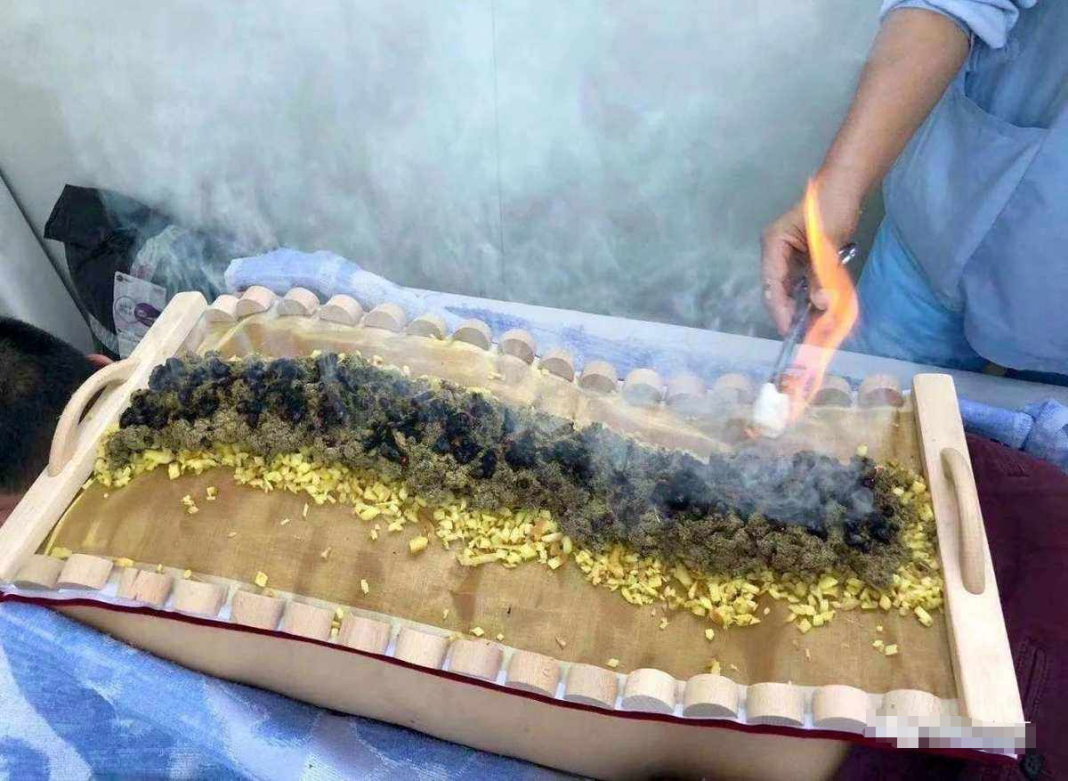
03
Contraindications for Fire Dragon Moxibustion
1. Individuals with Yin deficiency: clinical manifestations include a red or deep red tongue, dry mouth, tidal fever, night sweats, and heat in the palms and soles.
2. Individuals with phlegm-damp or phlegm-heat constitutions: clinical manifestations include yellow greasy tongue coating, thick yellow phlegm, etc.
3. Pregnant women and infants should avoid moxibustion.
4. Moxibustion should be avoided in areas with skin diseases or skin injuries.
04
Post-Moxibustion Precautions
1. Drink plenty of warm water, avoid cold drinks, ice cream, and frozen foods; fruits taken from the refrigerator should be allowed to reach room temperature before eating.
2. Maintain a light diet, avoiding frequent and prolonged intake of greasy foods.
3. Rest: Fire Dragon Moxibustion stimulates the body’s meridians and acupuncture points, allowing heat to penetrate body tissues; therefore, after moxibustion, avoid vigorous activities and maintain rest.
4. Keep warm: After Fire Dragon Moxibustion, the body’s meridians and acupuncture points are stimulated, making it easy for cold and dampness to invade; thus, it is important to keep the body warm and avoid exposure to cold.
5. In some cases, blisters may occur after moxibustion; seek medical attention promptly and keep the skin dry and hygienic.
6. Typically, moxibustion is performed once a month; if cold and dampness are significant, it can be done once a week, and the interval should be extended after symptoms improve.
If you or your family have health issues in this regard, you are welcome to visit the Pain Department on the fifth floor of Hutu Bih County Traditional Chinese Medicine Hospital for detailed consultation and treatment.
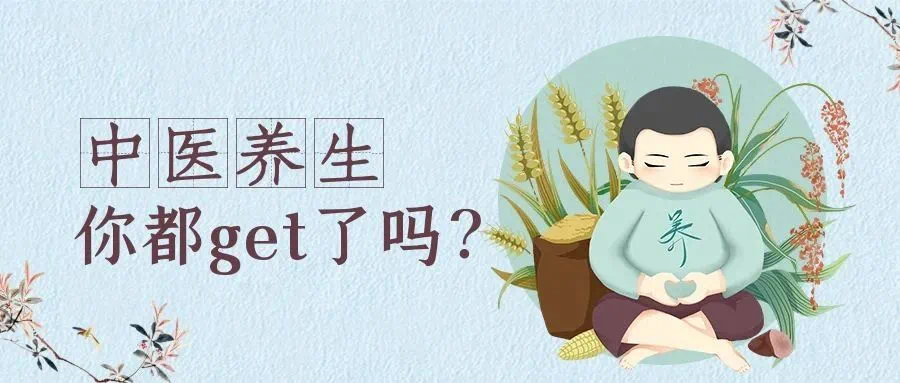

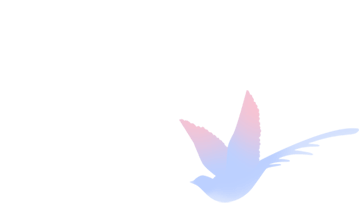
 END
END
Contributed by: Mai Reyi
Editor: Ma Lidang
Initial Review: Yang Lihong
Final Review: Huang Gejun
Scan to follow us Scan the QR code to follow 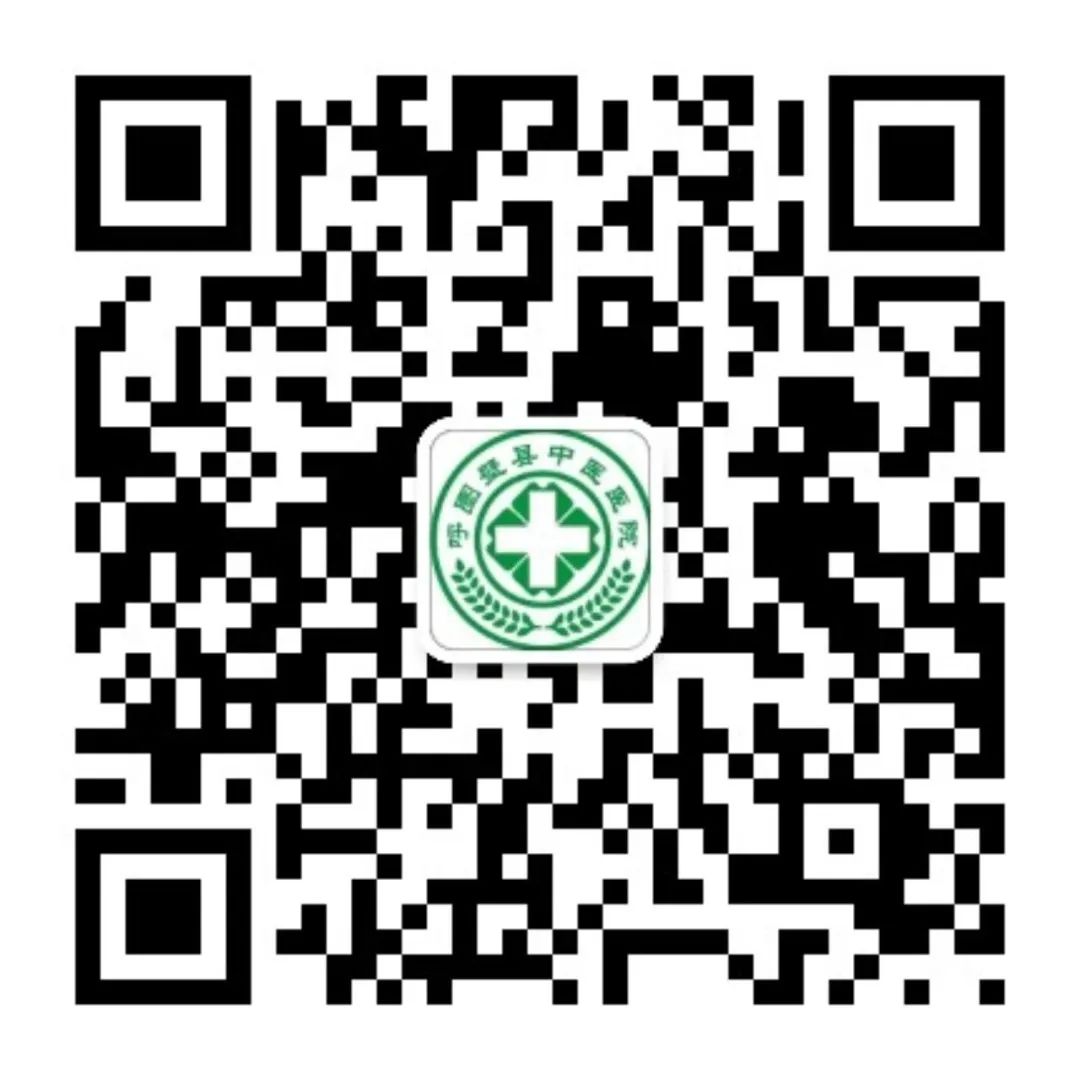
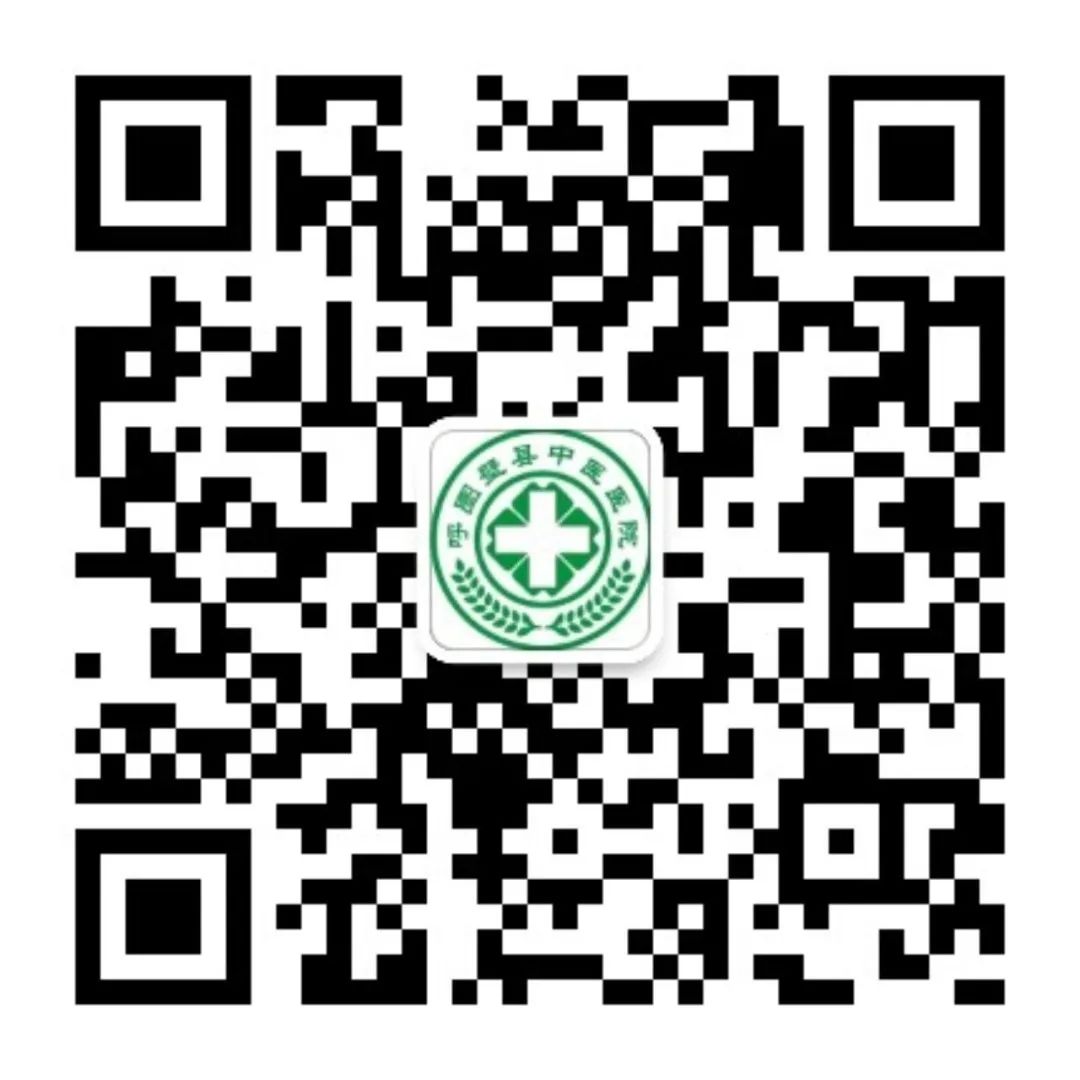 Service Account Appointment Inquiry | Subscription Account Consultation
Service Account Appointment Inquiry | Subscription Account Consultation
